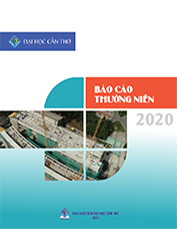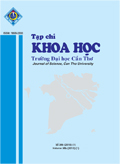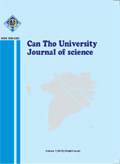Thông tin chung: Ngày nhận: 28/12/2015 Ngày chấp nhận: 25/07/2016 Title: Three main point systems measuring comparative advantages in production - export of nation Từ khóa: Chi phí sản xuất, hệ thống hóa, nội nguồn, quan điểm lý thuyết lợi thế so sánh Keywords: Costs of production, systematization, domestic resource, viewpoint of comparative advantage theory | ABSTRACT Comparative advantages of the products and goods in a country are the product of that country capable of producing and exporting with lower opportunity cost than commercial products in other countries. The opportunity cost of commodity production is the amount of other goods sacrificed to devote resources to the production of primary commodities. The study of comparative advantage theory of David Ricardo from 1817 and the related research are based on desk research, classification, analytical, systematization methods used to in order to argue for the research objectives, which is systematized comparative advantage. The result has the three point systems measuring comparative advantages: (1) Comparative advantage based on advantages in production costs; (2) Comparative advantage based on consumption results in international markets, and (3) Comparative advantage based on internal resource advantages. TÓM TẮT Lợi thế so sánh của sản phẩm hàng hóa ở một quốc gia là sản phẩm của quốc gia đó có khả năng sản xuất và xuất khẩu với chi phí cơ hội thấp hơn so với sản phẩm hàng hóa ở các quốc gia khác. Chi phí cơ hội của việc sản xuất hàng hóa là số lượng hàng hóa khác phải hy sinh để dành nguồn lực cho việc sản xuất hàng hóa ban đầu. Nghiên cứu lý thuyết lợi thế so sánh của David Ricardo từ 1817 và các nghiên cứu có liên quan dựa trên phương pháp nghiên cứu tại bàn, phương pháp phân loại, phân tích, hệ thống hóa được sử dụng để nhằm luận giải cho mục tiêu nghiên cứu, đó là hệ thống hóa các quan điểm tiếp cận lợi thế so sánh. Kết quả nghiên cứu đã hệ thống thành 3 quan điểm tiếp cận lợi thế so sánh: (1) Lợi thế so sánh dựa trên lợi thế về chi phí sản xuất; (2) Lợi thế so sánh dựa trên kết quả tiêu thụ ở thị trường quốc tế, và (3) Lợi thế so sánh dựa trên lợi thế nguồn lực nội nguồn. |






